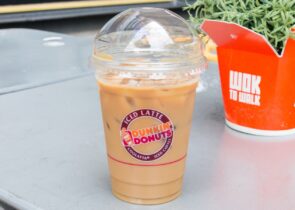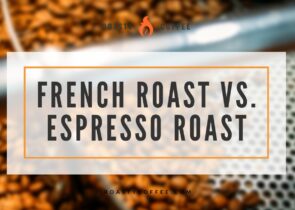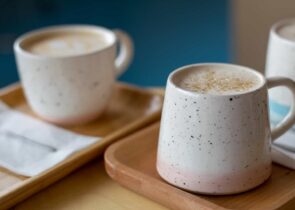Coffee percolators have been caffeinating the nation for years. Whether pumping coffee into styrofoam cups during an event or filling homes with the aroma of brewed coffee, they are a go-to brew method for many when looking for a balanced flavor profile.
But whether you are new to the percolator game or you are trying to better your current brew, the coffee grind size plays a bit role. So sit back and let me take you through the best type of grind for percolators, so you can sit back and relax with a perfect cup of coffee.
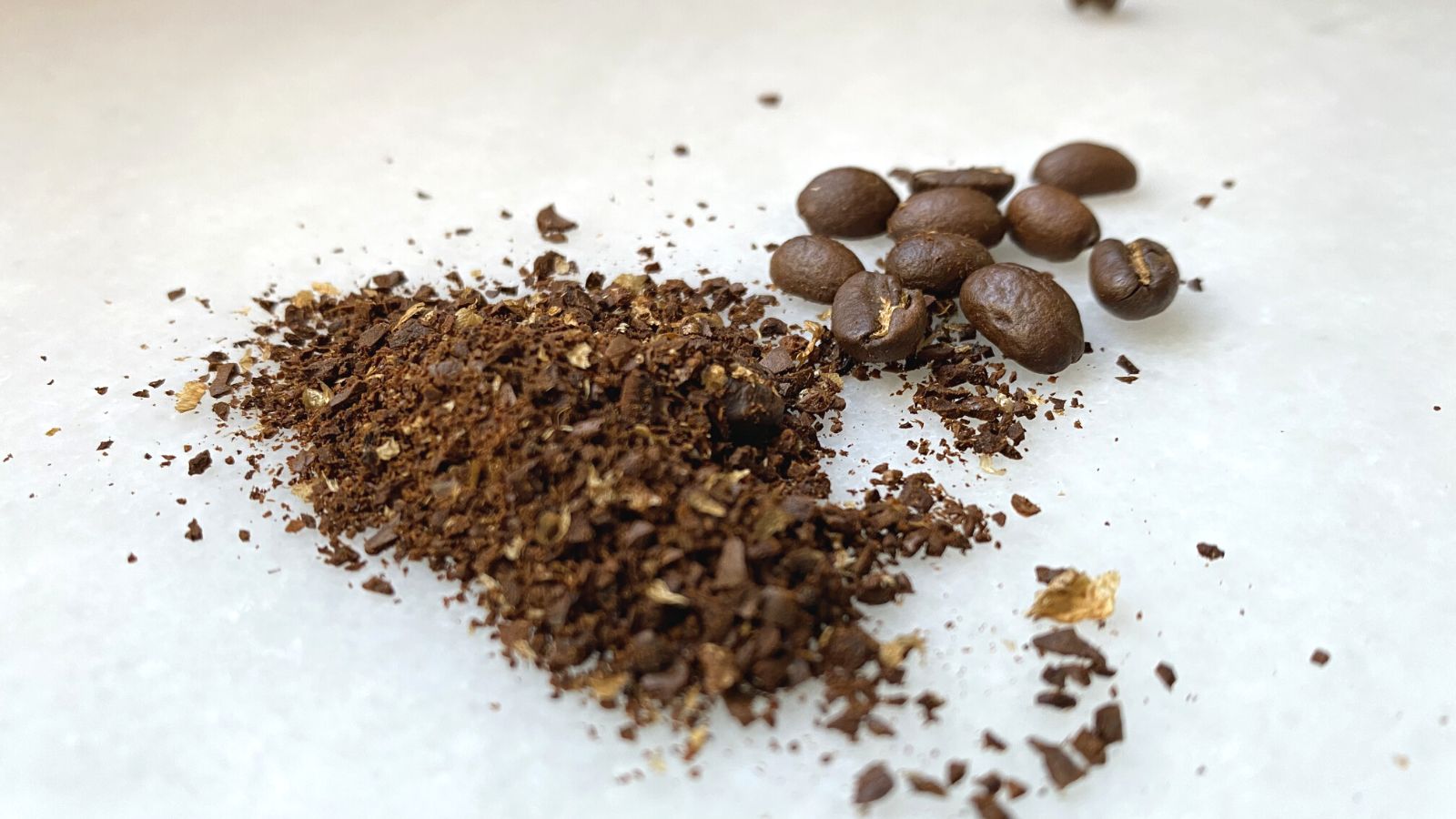
What Is a Percolator?
A percolator is a piece of coffee brewing equipment that was invented in the 19th century but was popularised in the 20th century and used both in commercial settings and at home. The simple mechanism operates by heating water in the lower chamber which makes up the bulk of the percolator.
As the water heats and starts to expand, it is forced through a tube that sits below a bed of coffee grounds. As the coffee ground starts to extract coffee solubles, the brewed hot coffee is then forced over the sides of the upper chamber which falls into the lower chamber of heated water.
What Is the Difference Between a Percolator and a Traditional Coffee Maker?
Percolators became popular in the mid-20th century because of the ease with which they operate, and this is one of the ways they differ from other coffee makers. Depending on whether the percolator is stovetop or electric, all that you need to do is add coffee grounds and water and leave the device to brew coffee. Another unique difference in percolators, for better or for worse (depending on how you look at it), is the fact that they use brewed coffee to essentially re-brew the coffee grounds.
From a quality perspective this isn’t ideal as specialty coffee has an optimal extraction rate, so there is a good chance the coffee will be over-extracted and bitter-tasting using this method. From an economical and efficiency perspective (again which is why it was so popular in the 1950’s) the coffee grounds can be extracted to their fullest thus brewing a really concentrated brew.
What Is the Best Grind Size for Percolator Coffee?
The best coffee grind size for a percolator is coarse. Naturally, saying the word ‘coarse’ means nothing when you have no other values of coarseness to base this on – in household terms, you’re looking at something similar to cracked peppercorns. If you do have a bit of a benchmark to work from in the coffee world then you should aim for coffee that is similar to a French Press.

Impacts of Grind Size on a Percolator Coffee
The impact of grind size in any brew method is a pretty big deal. Too coarse and your coffee will likely taste sour and under-extracted, too fine and you’ll end up with a bitter-tasting and over-extracted brew. With percolators, there is a little change that you have to look out for that is slightly different from most brew methods. This is because if you were to grind the coffee too fine then the water may not be able to permeate through the coffee grounds. This would result in no coffee and, even worse, the whole mechanism can break through the pressure.
Tip: Because you don’t want to risk breaking the percolator, I would start off with a coarse grind of coffee and then work down to finer grinds if you don’t think the coffee is extracting enough. Because the brew water is passed through the coffee grounds several times anyway, even the coarsest of grounds will be able to brew coffee.
How To Grind Coffee for a Percolator
Using a coffee grinder is the way to grind your coffee for a percolator. If you have a burr coffee grinder, you will want to set it to one of the coarser settings (similar to French press). If you have a blade grinder, then similarly set it to how you grind your coffee for a French press.

How Much Coffee Grounds to Use in Percolator
This depends on the size of your percolator as they come in various volumes. The best way to work out the dose of your coffee grinds is to use the percolator brew ratio of 1:14 coffee to water. So for example, if your percolator has a volume of 1 liter, you should use 70 grams of ground coffee.
When To Grind Coffee for Percolator
You should aim to grind your coffee as close to brewing as possible. The fresher the coffee is, the better the brew will taste.
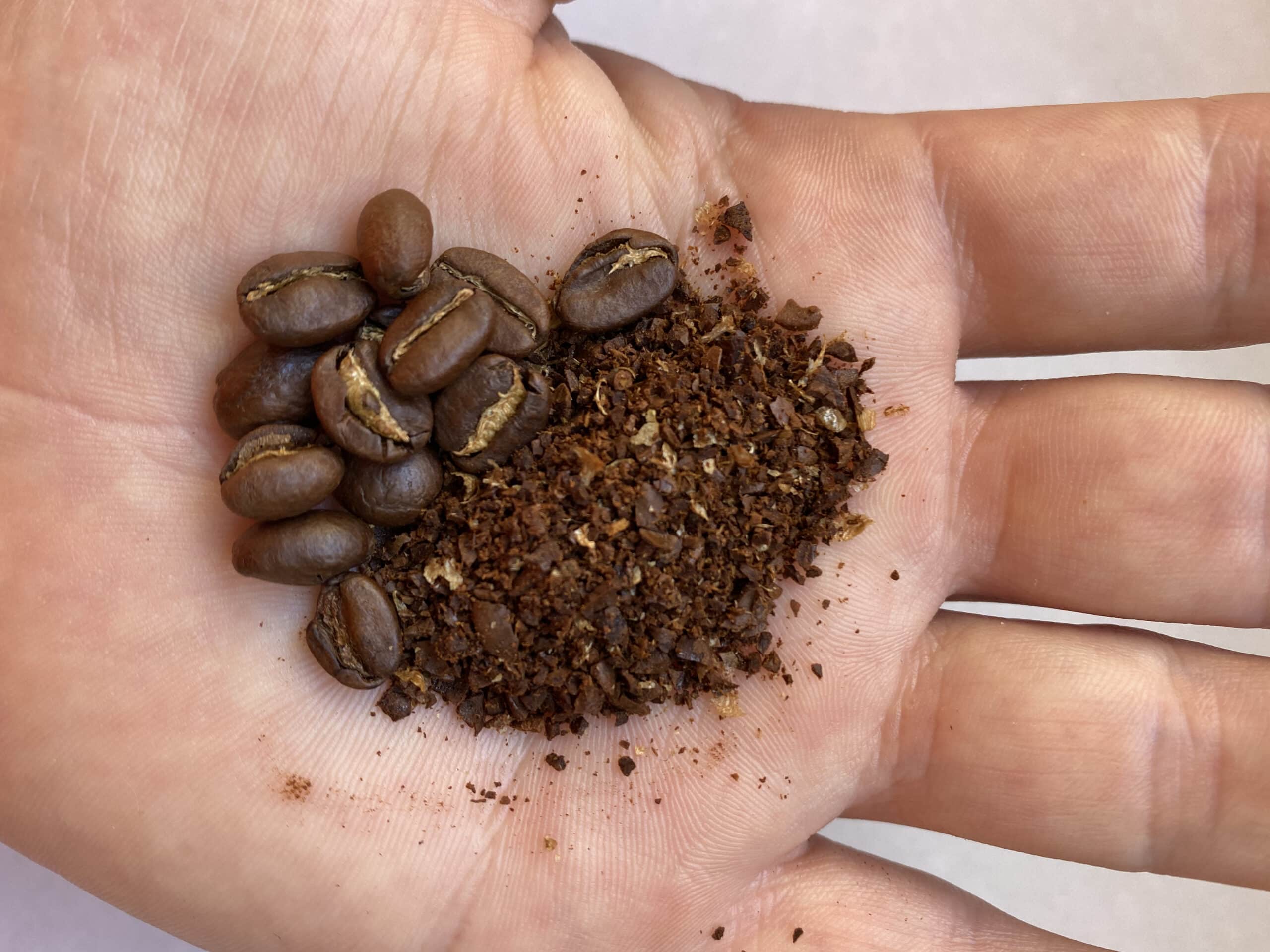
What Is the Best Type of Coffee Beans To Grind for a Percolator?
Although you can use any type of coffee in your percolator, the brew method does lend itself to darker roast coffees. Be aware though – by dark roast, I don’t mean over-roasted coffee that has a shiny oily layer and is almost black, which you may come across in many commercial outlets.
Darker roast coffee cuts through milk and, as long as the percolator isn’t left to brew for too long, then you’ll end up with a smooth rounded brew.
Frequently Asked Questions
What Is the Optimal Grind Setting for a Percolator?
The optimal grind setting for a percolator is coarse coffee grinds. This should be something similar to a French Press grind size. Essentially, coarser than a pour-over setting but finer than a cold brew grind.
Is It Possible To Use Regular Ground Coffee in a Percolator?
Yes, you should be able to use regular ground coffee in a percolator. The optimal grind size for a percolator is coarse but a medium grind size should also work. Just keep in mind that you shouldn’t use finely ground espresso-style coffee.
Do You Use Whole Bean or Pre-Ground Coffee in a Percolator?
Always use ground or pre-ground coffee in a percolator. If you have whole-bean coffee, you need to grind to a coarse setting.
Happy Caffeinating!




